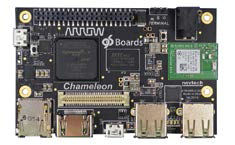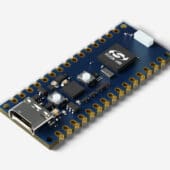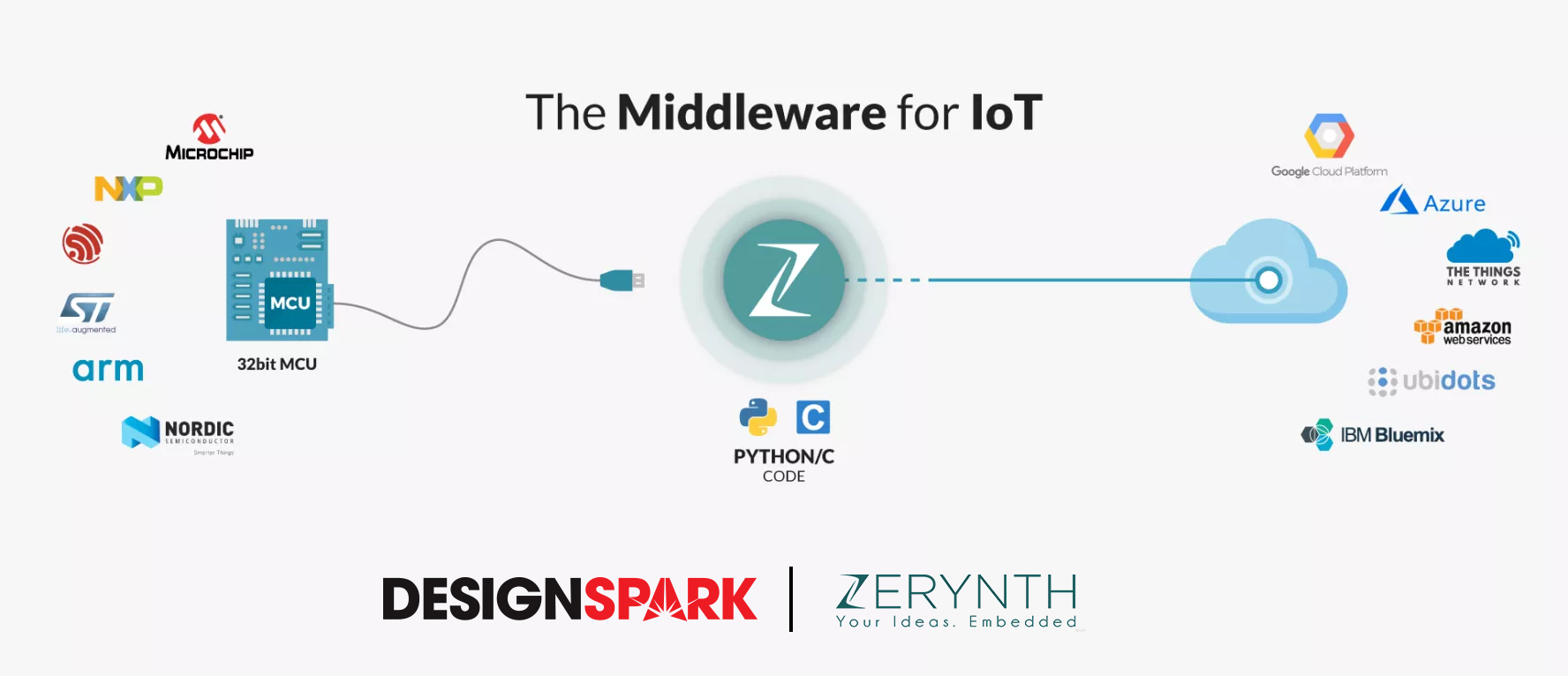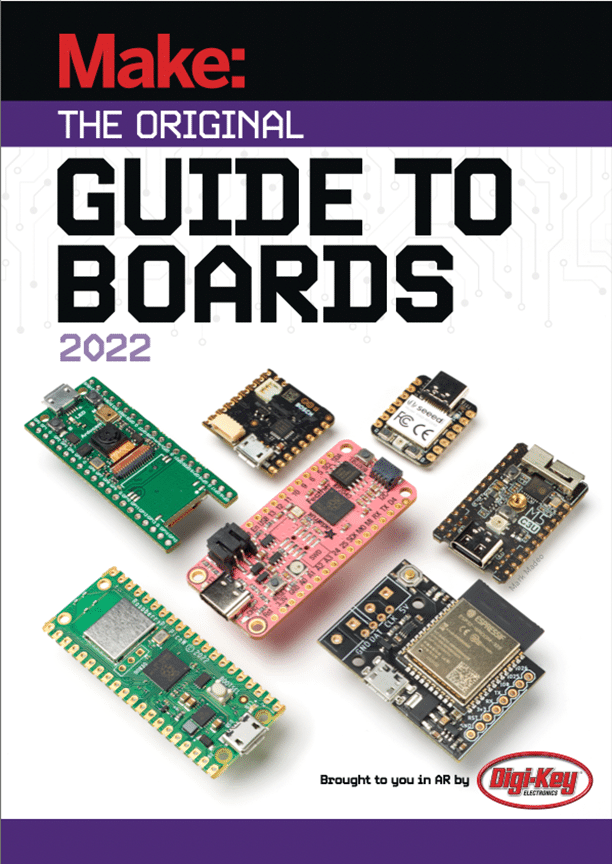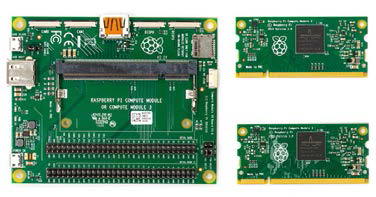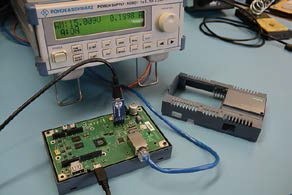IoT is fueling the imaginations of a diverse set of professionals, from OEM teams and independent engineers to application developers and creators. In a rapidly evolving environment, all developers need to push their projects hard, avoid getting bogged down in the minutiae of hardware or software design, and quickly bring their ideas to life at the application level. A common answer is to use one of the many community computing boards currently available, such as the Raspberry Pi, the Beagle board, or the Arduino. All of them have become popular platforms for prototyping, even though they were not initially designed for that purpose. While they can provide a good foundation for development, problems may arise at a later stage in the project. A card like the Raspberry Pi was never designed for use in high-volume products: it cannot work with industrial temperature ranges (-40°C to +85°C), it has not been tested for mass production, it does not have the best processor for low power applications and is not designed with devices that are easily available in the open market.
IoT-centric and easy to use
The 96Boards initiative demonstrates how platform limitations can be overcome in IoT projects for which they were not designed, giving developers the flexibility they need to bring new product ideas to life in the way they want. The cards are based on ARM Cortex-A microprocessors or Cortex-R/M microcontrollers, which can be purchased directly from the manufacturer or distributor. Developers can also take advantage of their knowledge of these standard 32-bit and 64-bit kernels, as well as their existing code base. In addition, the standard formats make it easy to introduce them into the design of the final product if necessary. The 96Boards specifications cover three categories of boards: Consumer Edition (CE) for mobile, embedded or digital home applications; Enterprise Edition (EE) for network and server development; and the IoT Edition (IE) for the opportunities that IoT offers. Among them, CE is a low-cost platform suitable for running standard Linux-based operating systems, such as Android or open source versions that are very popular in creator communities. The specification defines a compact form factor of the card measuring 85 x 54 x 12mm (and an enlarged version of 85 x 100 x 12mm), as well as minimum hardware requirements such as 0,5GB of RAM, a MicroSDHC socket for storage on up to 64GB of Flash, Wi-Fi, Bluetooth 4.0 LE, compatibility with USB Host and Device, the usual interfaces for PCs such as HDMI, and 40 and 60 terminal bidirectional strips to connect expansion cards and mezzanine cards. Any 32 or 64 bit Cortex-A SoC can be used.
96Boards members can certify that their designs meet this specification. Cards can be immediately available to developers and ready to use as embedded platforms. As a proactive member of 96Boards, Arrow has introduced several specification-compliant boards of choice for engineers looking for a plug-and-play platform for their IoT projects. The Meerkat card is based on the 96Boards CE specification and offers high performance through its NXP i.MX7 application processor, consisting of two 7 GHz ARM Cortex-A1,2 cores. Equipped with powerful connectivity, this card incorporates interfaces WLAN 802.11 b/g/n 2,4 GHz, Bluetooth 4.1, USB 2.0 OTG, USB 2.0 HOST, CAN, 2L-MIPI DSI and 2L-MIPI CSI. It also features I2C, UART, SPI, and I2S interfaces, as well as user-assignable GPIOs. Meerkat can be made Arduino compatible via a mezzanine expansion card; the card ships with Debian Linux and is ready to use. Chameleon96 is an FPGA-based board that meets all 96Boards mandatory specifications (except MIPI SDI interface) and most optional specifications.
Intel's Cyclone V SoC FPGA with embedded dual-core ARM Cortex-A9 delivers advanced processing power, and the card also features WLAN, Bluetooth, and USB within its credit-card-sized form factor. It also has an HDMI 1080p/60fps interface, as well as a 2-channel MIPI-CSI interface. The FPGA framework allows users to build custom high-performance graphics or video processors, and the card ships with 512MB of 3MHz DDR400 SDRAM. It can incorporate up to 1GB of RAM and also has an SD 3.0 (UHS-I) interface. The Chameleon96 card ships with Linux. A third card recently added to Arrow's portfolio is Oxalis: it is compliant with 96Boards EE (Enterprise Edition) specifications and targets space-constrained network applications as well as IoT. It incorporates a NXP QorIQ LS1012A network processor with a single 53 MHz ARM Cortex-A800 core. This device has the same high-level architecture and software compatibility as the high-end QorIQ LS devices, and features a packet processor and of high-speed interfaces to provide a high line speed in the format of a 96Boards EE card. Thanks to its typical power dissipation of 1W, it is indicated for equipment powered by or USB; furthermore the card is supplied with 64MB of QSPI Flash and 1GB of DDR3L. Among other peripherals, it has two Gigabit Ethernet ports, a SATA port, two SuperSpeed USB 3.0 interfaces, and support for mPCIe and PoE.
More options for IoT developers
Of course, the opportunities are limitless for creating IoT devices, and developers will never have enough to find hardware to jump-start their projects. Arrow launched its independent SmartEverything card initiative to supply innovative cards to this exciting and diverse environment. They are based on the Arduino format and incorporate various I/O interfaces and sensors, as well as wireless connectivity. Among them is SmartEverything Panther, which helps developers quickly add pattern recognition capabilities to their products, as well as connect them to the cloud for monitoring and control applications.
SmartEverything Panther makes it easy for developers to access Intel's pattern matching technology and consists of a motherboard containing Intel's Quark SE C1000 sensing microcontroller, as well as an add-in card that integrates motion and environmental MEMS sensors from Intel. the main suppliers. These allow the system to recognize patterns of gestures, sounds, and vibrations. Microchip's Wi-Fi and cryptosecurity manage the connection to the cloud, while interface configuration and firmware upgrades are handled via the card's built-in Bluetooth LE module. On the other hand, for developers who need production-ready solutions and the flexibility to configure their own processor, the Arrow Max1000 FPGA IoT card can be installed directly into a custom application or integrated into a separate card.
Contains an Intel MAX10 FPGA with 8.000 logic elements, DSP blocks, and supports Intel's NIOS II software embedded processor; it also integrates Flash, embedded SRAM and a high-speed 12-bit A/D converter and incorporates motion sensors and DRAM. Integrating the USB-Blaster download cable for direct FPGA programming from a PC and debugging using Intel's Quartus Prime Lite, the card is an easy-to-use, plug-and-play solution.
Conclusion: tools that live up to ideas
Embedded solution developers have used evaluation kits for years to overcome the challenges of integrating hardware and software into their designs, and focus on new or unique devices within their projects. As the IoT development segment continues to mature and grow, new cards and kits are emerging in line with the specific needs of IoT devices. Being compact, low power, and ready to use directly in the final product if needed, they are effective for developing a wide range of functionality, from basic connectivity to high performance digital processing or custom FPGA development.
www.arrow.com


